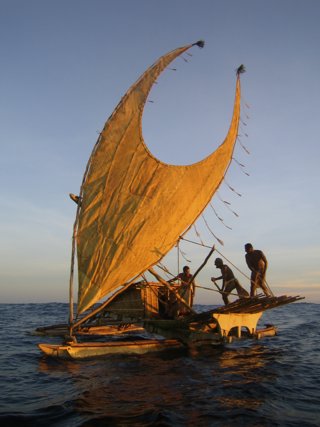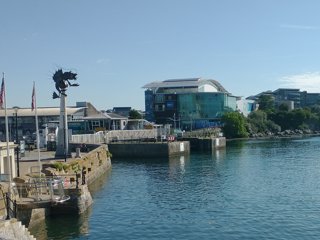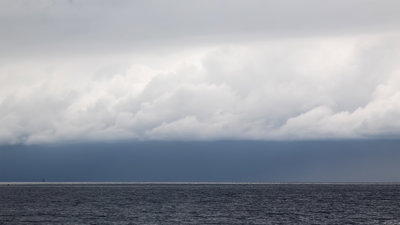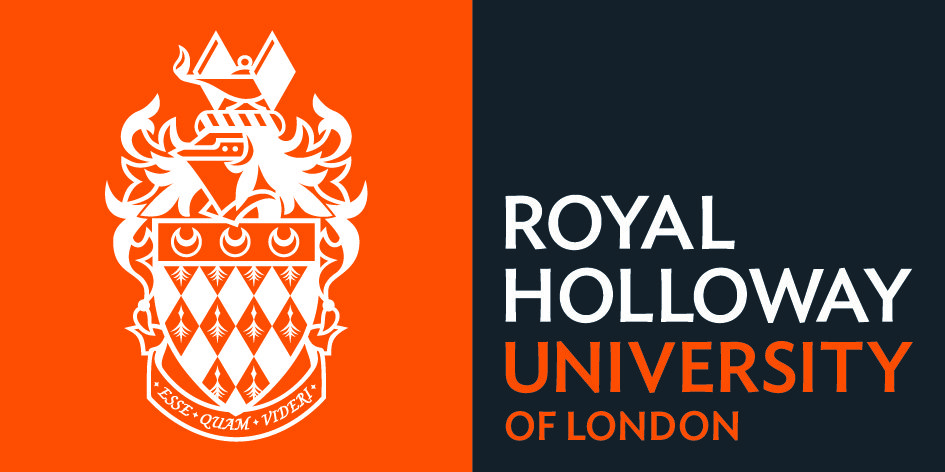Introduction
The seas and oceans have tended to occupy the margins of most geographer’s interests. With their feet very firmly on terra firma, it is easy to become detached from the wider ocean, and only reflect on the closer coastline. Frames of understanding the oceans have very much visualised it as an extension of the land. This perspective often overlooks the specificity of the sea and the dynamic relationships humans have with vast marine environments.
Historically, the sea has played a crucial role in the development of some nations. Through times of conflict, the sea has been utilised to help gain advantage over opposing militaries, established navel dominance or strategic control over vital waterways. Since the early 1980s, nations have ‘sliced’ the sea into territorial zones and extended national sovereignty into coastal waters. This follows much longer attempts (since the 1600s) to define areas of ocean that can be ‘claimed’ by nations. More recently, the creation of Exclusive Economic Zones (EEZs), enable countries to exploit living and non-living resources up to 200 nautical miles (approx. 370 KM) from their coastlines.
For centuries, humans have used the oceans as vital routes for transporting goods and materials around the globe. As a result, communities have centred around coastal trading hubs, increasingly efficient transportation methods such as containerisation have been designed, and sophisticated navigation systems have developed to ensure goods reach their destinations successfully. At the same time, this has brought huge changes to labour and greater distances between the places that goods are produced (versus where they are consumed).
Society (particularly wealthy ones) and commercial companies have developed technology which helps to explore ocean depths, revealing the wonders and mysteries that lie beneath the surface. Remotely operated vehicles (ROVs), submersibles and autonomous underwater vehicles (AUVs) have made it possible for humans to study the ocean at vast depths over prolonged periods of time whilst satellite and multibeam sonar signals can help us understand the topography of ocean floors. This, however, has made them open to exploitation, such as the discovery of minerals to drive a ‘green’ revolution.
Additionally, humans have developed both legal and illegal ways to exploit the natural resources found in the sea such as offshore drilling rigs for extracting natural gas and oil, vast fishing fleets to harvest seafood for millions of people worldwide, and even mining the seafloor for minerals such as diamonds and gold.
In recent years, there have been improvements in harnessing marine renewable energy and the development of fishing approaches. For example, aquaculture which can help towards supporting food availability in a world where supply is threatened by impacts such as climate change. Geographers have studied these developments and also their complexity (where aquaculture may also have a number of downsides).
Despite the ocean’s importance, our understanding of these vast bodies of water, which cover over 70% of the surface of the planet, is still limited. This focus is now shifting and 2021 saw the start of the United Nations Ocean Decade for Science. This has marked a dedicated time to look at ocean knowledge-based solutions to the ever-increasing threat of climate change, improve biodiversity, sustainability, and change humanity’s relationship with the ocean. There are many ways that we can look to the ocean to bring about change. We could experience it ourselves through directly visiting the seas and coasts. Or we can build our knowledge via engagement with documentaries, books, magazines and even visiting spaces like aquariums.
Currently, only 7.4% of funding and investment is dedicated to research that explores the social interactions we have with this vast place. Yet understanding how humans and the ocean interact is crucial to unlocking our planet’s sustainable future. Understanding how humans’ both impacts, and are impacted by, the ocean is crucial for developing effective conservation strategies and ensuring the sustainable use of marine resources – for all. Only by increasing research into the human relationship with the ocean, can we start to foster a more harmonious coexistence with this vital part of our planet.
Near and far
Many cultures tend to visualise the sea as a faraway place. We ‘look out’ to sea from whatever platform we are on (for most of us, most often the land). As such, the sea is a distanced place many of us will not think about every day.
But there are many ties to the sea. The majority of the populous in the empire building nations of the 16th, 17th and 18th Centuries very much saw the sea as a place of transit. Indeed, seafaring nations such as Britain, alongside Spain, Portugal, France, and the Netherlands understood the sea as a method of global transport or trade (often with violent impacts for other regions of the world). Today, Britain and other European nations remain tied to the seas, but they can feel further away as trade has become mechanised; major ports which used to rely on dock workers now rely on cranes and other technologies that reduce labour forces. As such, the sea has become distanced, even though most of the items we buy online or in shops will have travelled across the oceans in containers. Some coastal communities within the countries mentioned have had a deeper connection with the sea more locally, due to the predominance of fishing. However, much of this has declined over recent centuries and therefore, even strong fishing communities have dissipated, bringing with it an increasing detachment from the sea in some coastal regions.
This distance that is more usual in Western societies, however, is not the case in other cultures notably Polynesian societies, where the close connection between humans and the sea continues today. By bringing the sea near, Polynesian cultures provide a fascinating and rich example of how human life can be intertwined with the ocean. Polynesians have been experts in navigation for thousands of years using their understanding of the sea, stars, and wind to help voyages across thousands of miles of the Pacific Ocean. Polynesian myths and legends regularly include references to spirits (gods and goddesses) which rule the water. This connection with the ocean encourages a sense of stewardship of the oceans within their culture as there is no separation between land and sea, people, and the ocean. For example, many Islanders in the region will fish sustainably (without the help of Western management) because of their understanding of their own marine ecosystems.
In a different example, in Madagascar, the semi-nomadic Vezo can spend weeks or even months aboard their Lakana (a traditional Vezo canoe) searching for fishing areas depending on the seasons. These peoples settled on the west coast of Madagascar over a thousand years ago and have a deep connection with the sea. The Vezo believe that the sea responds to the moods of their ancestors and therefore it is imperative that they are respectful of the space. As with the Polynesians, the Vezo have detailed knowledge of the sea and seafloor and still use traditional methods of fishing, many of which have not changed for generations.
There is much to be learned from Polynesian, Vezo and other cultures, on how we can work symbiotically with the ocean thus deepening our connection with it and create a more sustainable future. Some argue that rather than finding solutions to ocean harm in the decision-making forums of Western governance, more time should be spent listening to people who live with the seas every day.

Figure 1: Traditional Polynesian Boat. © Pacific Traditions Society, Flickr
Role of aquariums
Aquariums have always played a role in showcasing what can be found beneath the depths often of marine environments far from the hosting country’s shore. For example, Kew Gardens may be known for exhibiting plant life, but even here there are tropical tanks displaying distant marine worlds! Many aquariums are located along the coastline; however, some are also found inland increasing the accessibility of offshore habitats to a wider population that would not have seen or may never see the ocean’s incredible life otherwise. Aquariums, therefore, provide a lens in which humans can experience marine ecosystems which they may never see anywhere else again.
Even though there is still an element of exhibition in aquariums, where they are curated to present the oceans ‘out there’, their focus has evolved over the years from a method of display to that of education particularly around the impacts humans are having on their environment. Modern aquariums can serve as vital hubs for marine conservation efforts, providing sanctuary for endangered species and facilitating breeding programs aimed at replenishing wild populations. Research conducted by aquariums contributes significantly to our knowledge of marine biology and ecology. Scientists at these institutions study a range of topics, from the behaviour and physiology of individual species to the health of entire ecosystems.
Many aquariums have outreach programmes which aid in extending understanding of ocean environments to various audiences, young and old. They offer a unique opportunity for people to connect with life under the water, fostering a sense of wonder and appreciation the role the sea has in the future of this planet. By making their exhibits more accessible to a broader audience, aquariums help to bridge the gap between people and the ocean, encouraging interaction with these vast places and in turn developing a sense of global responsibility of stewardship.

Figure 2: National Marine Aquarium in Plymouth © Rachael Squire
Further Reading

